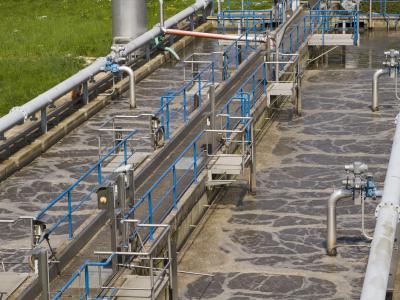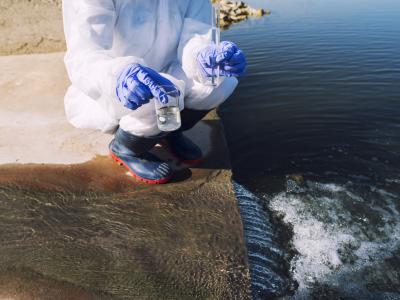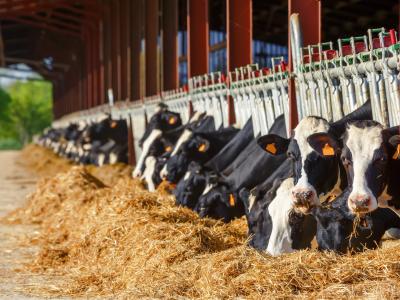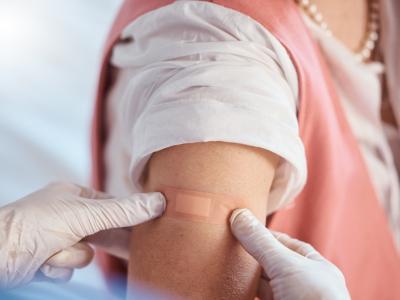Jun 18, 2012 (CIDRAP News) – US health officials today announced the establishment of three public-private centers designed to give the nation a new and stronger ability to quickly make vaccines and drugs to respond to bioterrorist attacks, pandemic influenza, and other public health emergencies.
The "Centers for Innovation in Advanced Development and Manufacturing" will involve alliances of biopharmaceutical companies and universities in Maryland, North Carolina, and Texas, with operations expected to start in 2014 and 2015, the Department of Health and Human Services (HHS) said in a press release.
"Establishing these centers represents a dramatic step forward in ensuring that the United States can produce life-saving countermeasures quickly and nimbly," HHS Secretary Kathleen Sebelius said in the release. "They will improve our ability to protect Americans' health in an emergency and help fill gaps in preparedness so that our nation can respond to known or unknown threats."
The centers will give the nation its "first major domestic infrastructure" that can develop and produce countermeasures for both bioterrorism and pandemic flu, along with other disease threats, the agency said.
HHS plans to provide about $400 million for the initial phases of the centers, which will be overseen by the agency's Biomedical Advanced Research and Development Authority (BARDA). The private partners will supply about 35% of the cost of the initial building phase, and HHS will pay for operation and maintenance in subsequent years. The contracts can be renewed for up to 25 years.
Emergent BioSolutions will lead one of the centers, with facilities in Baltimore and Gaithersburg, Md. Its partners include Michigan State University, Kettering University of Flint, Mich., and the University of Maryland. The contract is worth about $163 million over the first 8 years, HHS reported, but an Emergent press release today put the 8-year contract value at about $220 million. Emergent makes the only anthrax vaccine licensed in the United States.
A second center will be led by Novartis, using its new cell-based flu vaccine plant in Holly Springs, N.C., which was built with HHS support. The company's partners are North Carolina State University and Duke University; the initial contract is valued at about $60 million over 4 years.
Texas A&M University will lead the third center, collaborating with GlaxoSmithKline Vaccines of Marietta, Pa.; Lonza Houston Inc., Houston, Tex; and Kalon Biotherapeutics of College Station, Tex. The contract is worth about $176 million over 5 years.
Creation of the centers was recommended in a lengthy review of the government's biodefense program in 2010—the 2010 Public Health Emergency Medical Countermeasure Enterprise Review. Sebelius called for the review in response to difficulties in developing countermeasures, including delays in production of the 2009 H1N1 pandemic flu vaccine.
The centers also are intended to address concerns raised by the President's Council of Advisors on Science and Technology (PCAST) in a report issued about the same time as the HHS countermeasures review.
HHS said the public-private partnership model is designed to join "the innovative ideas of small biotech firms, the training expertise of academic institutions, and the development and manufacturing experience of large pharmaceutical companies."
Each consortium will retrofit existing facilities or build new ones involving "flexible, innovative manufacturing platforms that can be used to manufacture more than one product," HHS said.
The facilities will use cell- and recombinant-based vaccine technologies that have the potential to produce vaccines for pandemic flu and other threats more quickly and affordably, the agency reported.
"The centers' use of these technologies also will allow each to develop and manufacture a variety of products quickly enough to respond to large-scale emergencies, providing needed domestic surge capacity," the HHS statement said.
"Together, the centers will be capable of domestically producing a quarter of the nation's pandemic influenza vaccine within four months of the onset of a pandemic. In 2009, only one company had manufacturing facilities solely in the United States to produce H1N1 pandemic vaccine," it added.
In the 2009 pandemic, the flow of vaccine was choked by slow growth of the vaccine virus and by bottlenecks in the "fill-finish" stage of production. The first vaccine shipments began in early October, more than 5 months after the pandemic virus was identified and about 4 months after the pandemic was officially declared. It took until mid December for shipments to reach 100 million doses.
Emergent BioSolutions, in its release today, said its center would "facilitate advanced development of chemical, biological, radiological, and nuclear (CBRN) medical countermeasures, ensure domestic pandemic influenza vaccine manufacturing surge capacity, share facility construction costs, and provide workforce development training programs to address the US government's preparedness priorities and needs."
A Texas A&M press release issued last week said the center led by the university represents a $285.6 million project, including the $176 million initial HHS contract. The statement listed many other partners besides the three noted in the HHS statement.
See also:
Jun 18 HHS press release
Jun 18 Emergent BioSolutions press release
Jun 13 Texas A&M press release
Aug 19, 2010, CIDRAP News story on countermeasures review
Aug 19, 2010, CIDRAP News story on PCAST report
Apr 20, 2010, CIDRAP News story on 2009 H1N1 vaccine
















